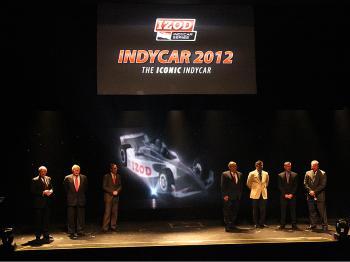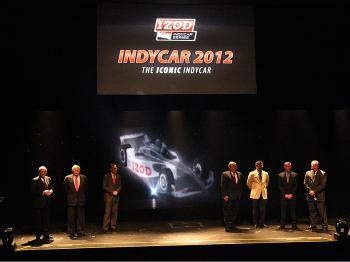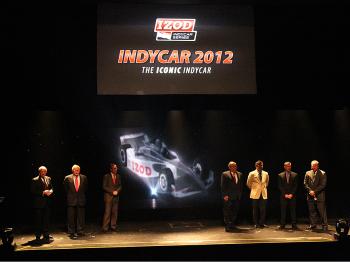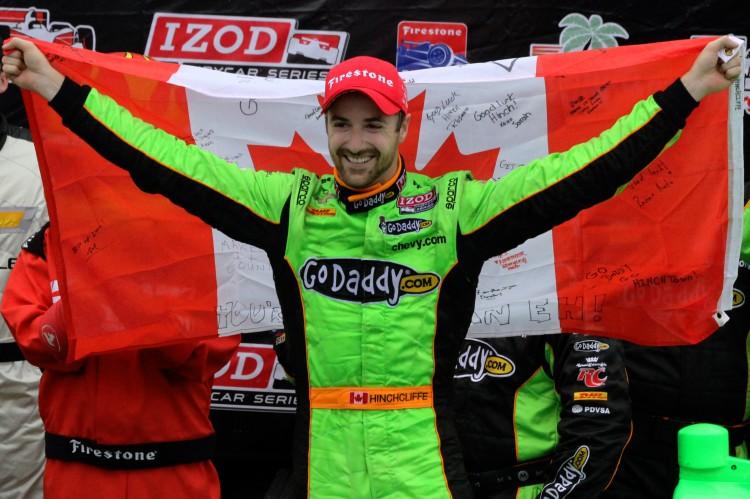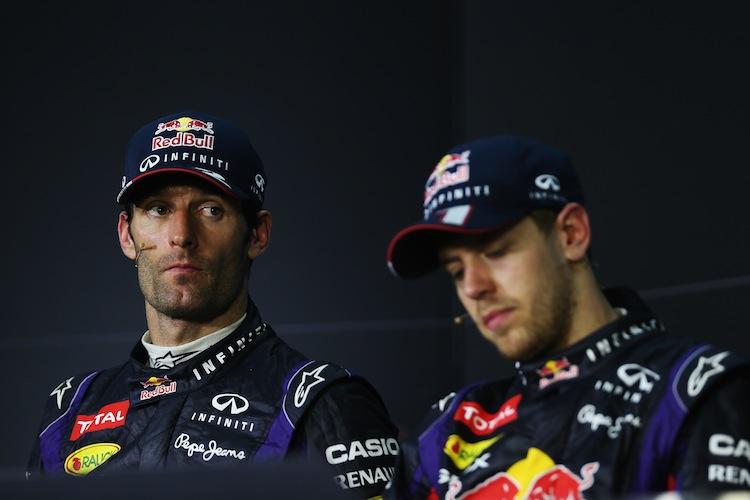In a ceremony broadcast online starting at noon Wednesday, IndyCar CEO Randy Bernard revealed the chassis concept for the next several years of IndyCar racing.
The new car is not a car at all. Instead of picking one of the five complete chassis proposals—BAT, DeltaWing, Lola, Swift, and Dallara—the league has chosen to have Dallara build a universal safety cell/suspension unit while allowing any firm to design and build its own bodywork and aero package.
This removes the criticism that every car is exactly the same—–a “spec” car—while still addressing the important issue of runaway costs, that inevitably rises when different companies produce competing chassis designs.
The new car is designed to be lighter, and also cheaper, that the current Dallara chassis.
“Our goal was to maintain the IZOD IndyCar Series as the fastest and most versatile racing in the world,” said Brian Barnhart, president of competition and racing operations for the IZOD IndyCar Series.
The new car is not a car at all. Instead of picking one of the five complete chassis proposals—BAT, DeltaWing, Lola, Swift, and Dallara—the league has chosen to have Dallara build a universal safety cell/suspension unit while allowing any firm to design and build its own bodywork and aero package.
This removes the criticism that every car is exactly the same—–a “spec” car—while still addressing the important issue of runaway costs, that inevitably rises when different companies produce competing chassis designs.
The new car is designed to be lighter, and also cheaper, that the current Dallara chassis.
“Our goal was to maintain the IZOD IndyCar Series as the fastest and most versatile racing in the world,” said Brian Barnhart, president of competition and racing operations for the IZOD IndyCar Series.
